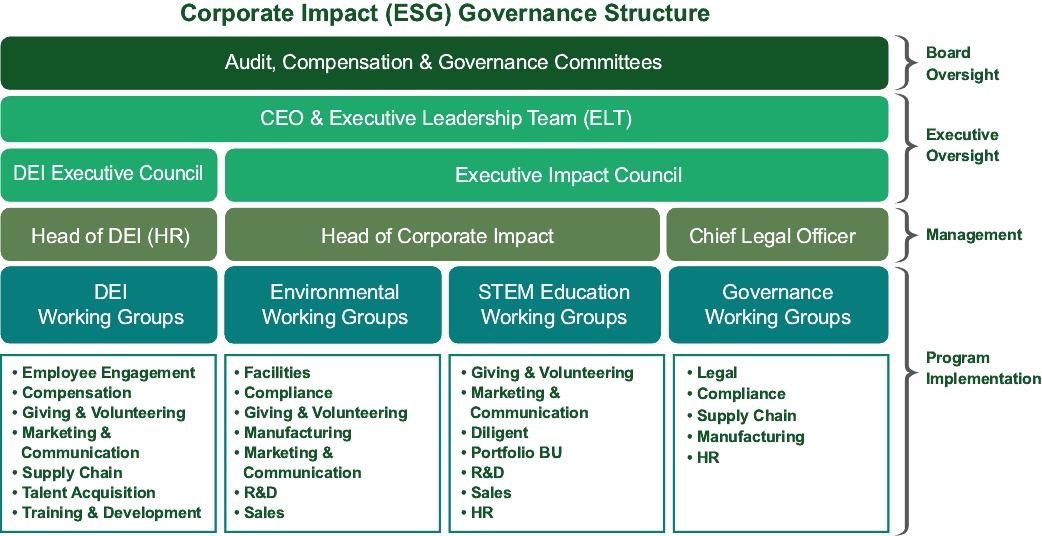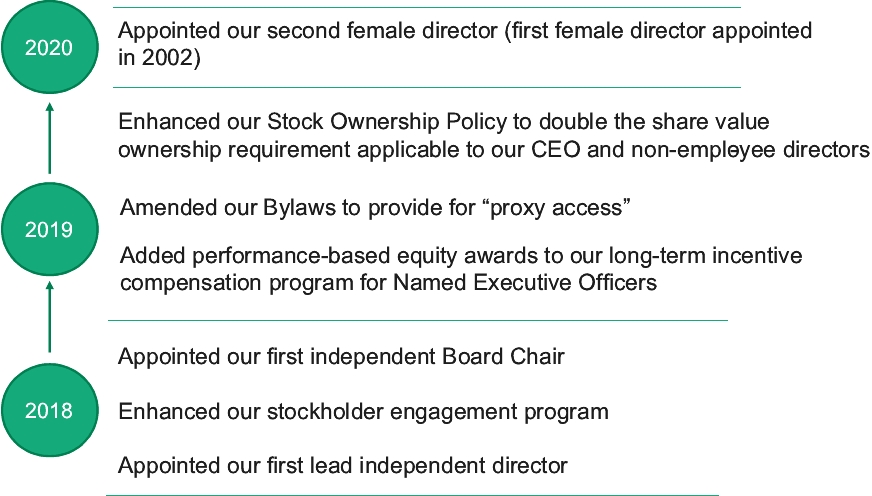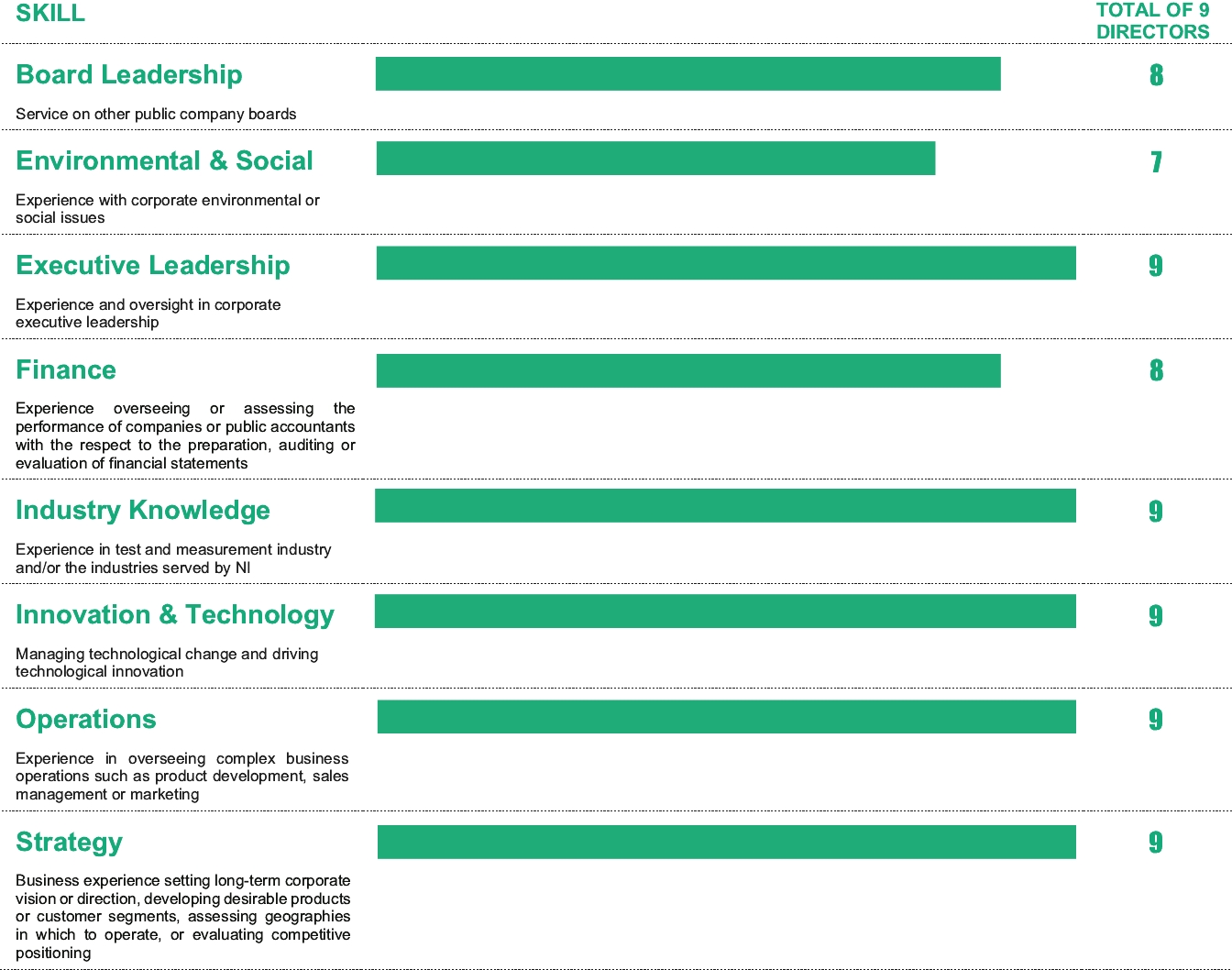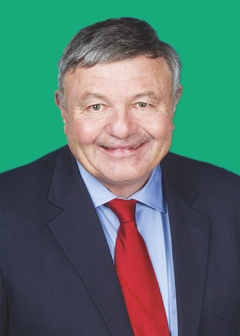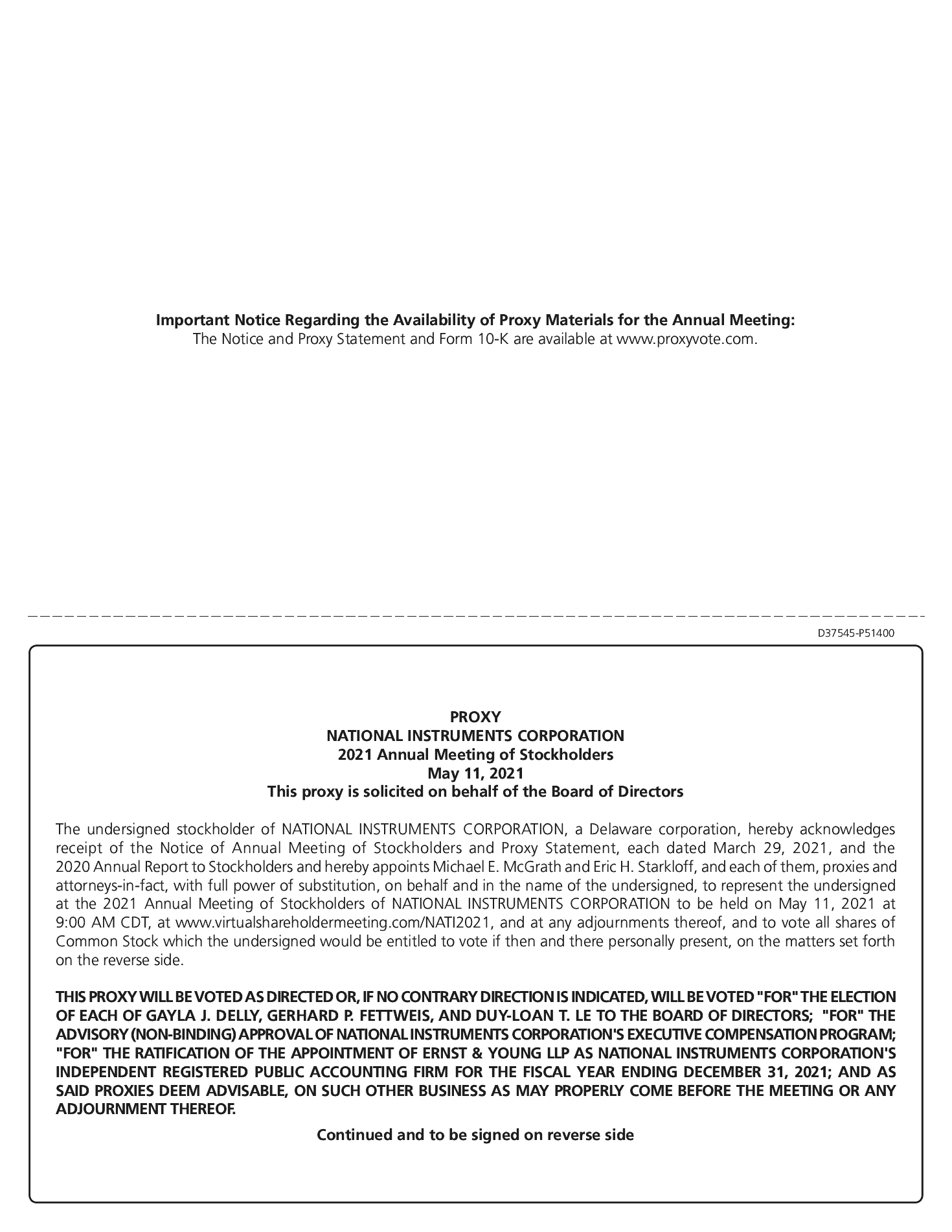Annual Board/Committee Retainer Fees
Beginning on October 1, 2017,
For 2020, our non-employee directors receivereceived cash compensation payable quarterly, for membership on the board of directorsBoard and committees, as well as for committee chair positions.positions, and the independent Board chair position. Specifically,non-employee directors receive an annual cash retainer of $60,000 per year, plus $10,000 per year for membership on the Audit Committee, $7,500 per year for membership on the Compensation Committee, and $5,000 per year for membership on the Nomination and& Governance Committee. In addition, the chairpersons of the Audit Committee, Compensation Committee and Nomination and& Governance Committee receive an additional $25,000, $20,000 and $15,000 per year, respectively, and the Lead Independent Directorrespectively. The independent Board chair receives an additional $25,000$100,000 per year. year for his service. All cash compensation is paid in quarterly installments.
The Board, in its discretion, may pay an overnight meeting fee or special meeting fee for extended meetings, not to exceed $2,000 per day.
An NI employee director doesEmployee members of our Board do not receive any additional compensation for service as a
director.From January 1, 2017 to September 30, 2017,non-employee directors received cash compensation, payable quarterly, for membership on the boardmember of directors and committees, as well as for committee chair positions. Specifically,non-employee directors received an annual cash retainer of $60,000 per year, plus $5,000 per year for membership on the Audit Committee and $2,500 per year for membership on each of the Compensation Committee and the Nomination and Governance Committee. In addition, the chairpersons of the Audit Committee, Compensation Committee and Nomination and Governance Committee received an additional $15,000, $10,000 and $5,000 per year, respectively. An NI employee director did not receive any additional compensation for service as a director.
our Board.
Non-Employee Director Reimbursement Practice
Non-employee
directors members of our Board are reimbursed for travel and other
out-of-pocket expenses connected to
Board service.service as a member of our Board.
Restricted Stock Unit Awards
Under NI’s applicable Incentive Plan,non-employee directors
Non-employee members of our Board are eligible to receive RSU grants. Specifically,awards of RSUs under our equity incentive plans. On April 29, 2020, eachnon-employee director receives member of our Board received an annual grant of RSUs equal to $130,000 divided by$175,000 (based on the closing price of NI’sour common stock on the day immediately preceding the date of grant. Under the 2015 Incentive Plan, in 2017,grant) with a one-year vesting schedule. Mr. Roesslein,Cashman, Ms. Delly, Dr. Fettweis, Mr. Griffin, Ms. Le, Mr. Berra, Mr. McGrath, and Dr. FettweisMr. Roesslein were each granted 3,7594,457 RSUs (the “2020 Director Grants”) under our 2015 Incentive Plan. The grant date fair value of each 2020 Director Grant was based on the closing price of our common stock on the day prior to the date of grant on April 28, 2020 of $39.26 per share and vest on May 1, 2021.
In addition, as of April 29, 2020, new non-employee members of our Board were eligible to receive a one-time initial introductory grant of RSUs equal to $175,000 (based on the closing price of our common stock on the day immediately preceding the date of grant) with a three-year vesting schedule. Accordingly, in connection with Ms. Delly’s initial appointment to the Board, on April 29, 2020, she was granted an additional 4,457 RSUs based on NI’sthe closing stock price of $34.60 per shareour common stock on April 25, 2017. The RSUs28, 2020, the day prior to the grant date, of $39.26. This introductory RSU award granted to Mr. Roesslein, Ms. Le, Mr. Berra, Mr. McGrath, and Dr. Fettweis vestDelly vests over a three-year period withone-third of the RSUs vesting on May 1 of each year.
On July 29, 2020, the Nomination & Governance Committee determined to recommend to the full Board that Mr. Davern, who resigned from his position as a strategic advisor and ceased to be an employee as of May 5, 2020, be granted a pro-rated annual non-employee director RSU award of $131,250 (based on the closing price of our common stock on the day immediately preceding the date of grant), which was equal to 3,556 RSUs. These RSUs were granted pursuant to our 2020 Incentive Plan and vest 100% on the one-year anniversary of the vesting commencement date which isof May 1, 2020. The grant date fair value of each year.the Mr. Davern’s RSU grant was based on the July 28, 2020 closing price of $36.91 per share.
In July 2020, after consideration of data and information provided by Compensia, our Nomination & Governance Committee reviewed the equity compensation for the non-employee members of our Board, and determined to terminate the practice of granting a one-time introductory grant of RSUs to new non-employee members of our Board. The Nomination & Governance Committee recommended to the Board, and the Board approved, that, going forward, both incumbent and new non-employee members of the Board will receive only a single annual grant of RSUs equal to $175,000 (based on the 30-day look back of the closing price of our common stock on the day immediately preceding the date of grant) with a one-year vesting schedule.






